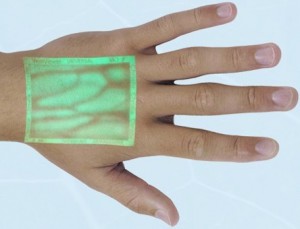Scene Stealer - The Web Is Pouncing on Hollywood's Ratings - NYTimes.com
The standard Hollywood ratings -- G, PG, PG-13, R and NC-17 -- must now compete with all manner of Internet-based ratings alternatives, some of which are gaining new traction through social networking tools.
SceneSmoking.org, which monitors tobacco use in movies, issues pink, light gray, dark gray or black lungs to films, depending on how smoking is depicted. Kids-in-Mind.com ranks movies on a scale of 1 to 10 in categories like "sex and nudity" and "violence and gore."
Movieguide.org issues ratings from a Christian perspective. A "+4," or "exemplary," means "no questionable elements whatsoever." A "-4," or "abhorrent," means "intentional blasphemy, evil, gross immorality."
The article goes on to talk about how people want to "fix" the MPAA ratings, according to various pet standards.
Why?
It seems like something great is happening. People that are passionate about different things -- and have different standards of acceptability -- are creating and disseminating their own ratings. Parents, or discriminating movie goers, who care about particular standards can use the ratings from a group that shares those same standards. There's absolutely, positively no way that Hollywood -- or the FTC -- can create a single rating system that represents all of those different standards.
There's a simple reason for that. One group of parents believes that nudity and coarse language is a natural and normal part of life. They believe that sex and nudity should be celebrated while their children should be protected from exposure to violence and aggression. There are other parents who would be horrified at the thought of their children seeing some bare skin but are perfectly okay with their children seeing movies that depict massive amounts of violence. Now, design me a PG-13 or R rating that makes both groups of parents happy.
I celebrate the diversity in ratings. I may even use one standard to evaluate which movies my children will be allowed to see and a completely different standard to evaluate which movies I'll see. Vive la difference!
